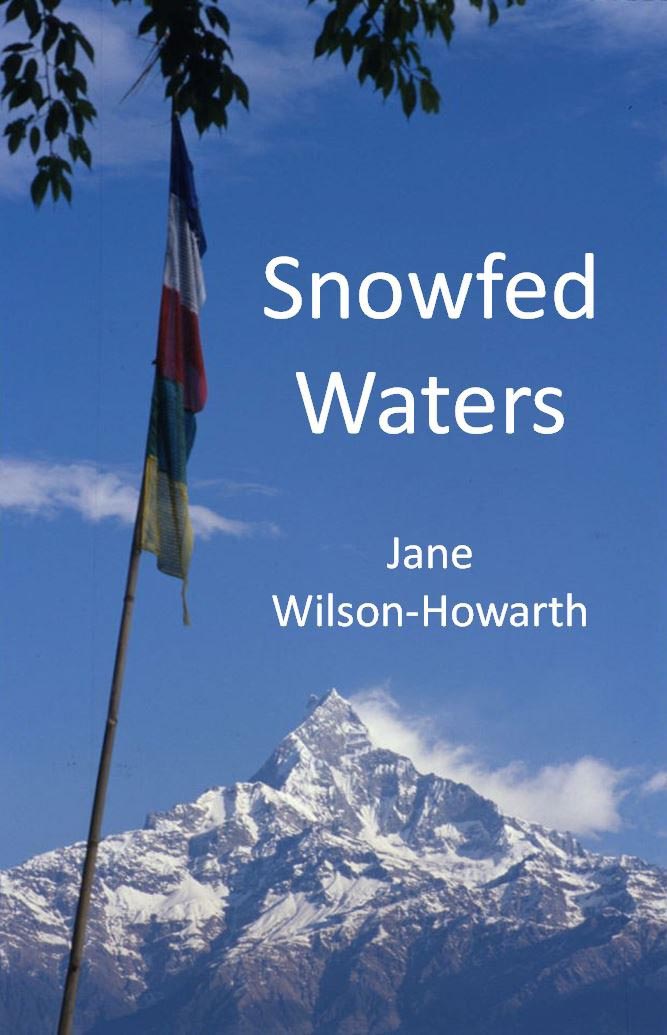I reckon that blaming people fixes nothing. You’re the only person who is going to sort you out. No one else really can—or really cares, enough. That is what Nepalis know—better than anyone. That’s our western disease. Don’t take responsibility. Take on a lawyer!
—Jane Wilson- Howarth
Jane Wilson-Howarth’s Snowfed Waters is a lucid and engaging story of an Englishwoman who finds meaning back in her
life through a challenging yet deeply inspiring travel to the mountains of Nepal. This is the story of Sonia Swayene from England who is living a shattered life because of a tormenting relationship with her husband and being forced out of her job as a schoolteacher.
To escape the mess of her existence she decides to travel to distant Nepal to work with a Charity Organization as a teacher trainer. She arrives all alone in the green and exotic Rajapur Island close to the Karnali River in Nepal. Her only reassurance lies in the two items that she holds sacred throughout her journey, one being an amulet and other a mantra which she turns back to at moments of despair or difficulty. Sonia also comes to Nepal with the memory of anecdotes of a very distant relative who lived and dies in Kanpur during the Sepoy Mutiny of 1857. She discovers herself in a socio-cultural context that is very different from her own both in terms of its practices and its values and symbols.

